Battery-Powered GPS Trackers
Connect more of the assets that matter with our range of GPS trackers with long battery life.


Company: Picchio Wildlife Research Centre
Website: https://www.wildlife-picchio.com/
Country: Japan
Industry: Wildlife Research
Connectivity: LTE-M
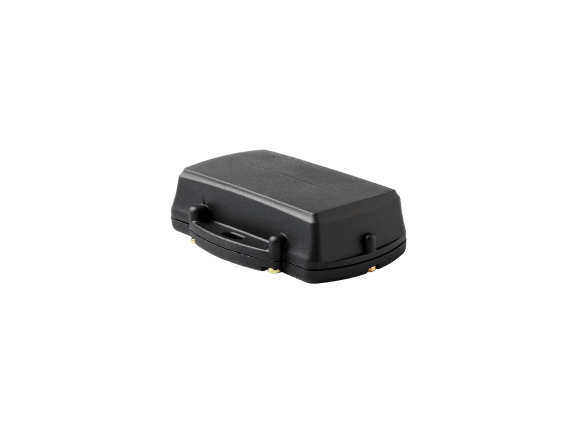
Yabby Edge LTE-M/NB-IoT
Picchio Wildlife Research Centre is protecting both humans and Asiatic black bears and enhancing conservation research methods in Karuizawa, Japan using battery-powered IoT asset tracking.
Picchio has been operating guided nature tours and conducting Asiatic black bear conservation in the thriving resort town of Karuizawa, Nagano for over two decades. Nestled in the forests of the Joshin’etsu-kogen National Park, Karuizawa is not only a popular tourist destination, but also a potential habitat for the local population of Asiatic black bears. While these bears are generally shy and rely mainly on plants for food, there are cases in which the close proximity between humans and bears can lead to bear-related damages or in the worst cases, human injury.
Picchio’s Asiatic Black Bear Conservation focuses on the management of each individual bear using VHF collars, the Yabby Edge battery-powered asset tracker, and trained bear-dogs to substantially minimise these negative encounters with bears and reduce bear-related damages.
“By keeping regular track of locations, we are able to identify bears which pose a risk in advance and carry out appropriate countermeasures to prevent them from coming into conflict with humans,” says Gen Oshima, Human-Bear Conflict Specialist & Bear Dog Handler at Picchio. “At the same time, we continue to search for new and improved methods of coexistence to protect people and conserve bears.”
GNSS data captured by the Yabby Edge allows Picchio to continuously track individual bears to pre-emptively maintain a suitable distance between the animals and residential areas. Collecting movement patterns and behavioural data also contributes to the overall study of these often misunderstood animals.
To better monitor and manage the population of black bears, Picchio required an affordable, reliable, long-life battery-powered asset tracking device with at least 3 years of battery life and minimal size and weight. To protect the welfare of the animal, the collar and device cannot weight over 5% of the bear’s total body weight.
“It was very difficult to find devices that fit our requirements,” says Mr. Oshima. “We checked more than 50 cellular devices and non-cellular devices (LoRaWAN®), all over the world.”
Connectivity and certification were also a challenge, as cellular coverage is limited in the surrounding forest and many modules are not certified for use in Japan.
Utilising the latest in low-power components and cloud-based location solving, Picchio selected the Yabby Edge due to its reliability, industry-leading battery life, compact form factor, and future-proof LTE-M connectivity.
Featuring 10+ years of battery life on 3 x AAA batteries, the Yabby Edge supports GNSS, Wi-Fi MAC Address Scanning, and Cell Tower Location and operates on global LTE-M/NB-IoT networks. Designed specifically for the IoT, LTE-M networks offer better network coverage, penetration through urban and forest environments, and longer battery life than sunsetting 3G and existing 4G (Cat-1) networks.

“The Yabby Edge offers several distinctive cost and reliability advantages over the collars that we have been using so far,” says Mr. Oshima, “such as coverage in the deep forest and the ability to locate animals at specific times of the day. Furthermore, the solution is almost 7 times lower in cost than the existing solutions we have tested.”
Picchio is currently tracking 30 Asiatic Black Bears. The programme is the first stage in a bigger project to track other wildlife, such as monkeys, which represent a much larger animal population in the area. The project will help to minimise the reduction of agricultural damages to locals while also ensuring that the species is not overhunted.

Related Case Studies
Battery selection plays an important role in determining how well a data logger performs in the field. This is especially important in challenging thermal environments or in scenarios where the data logger needs to power demanding sensors.
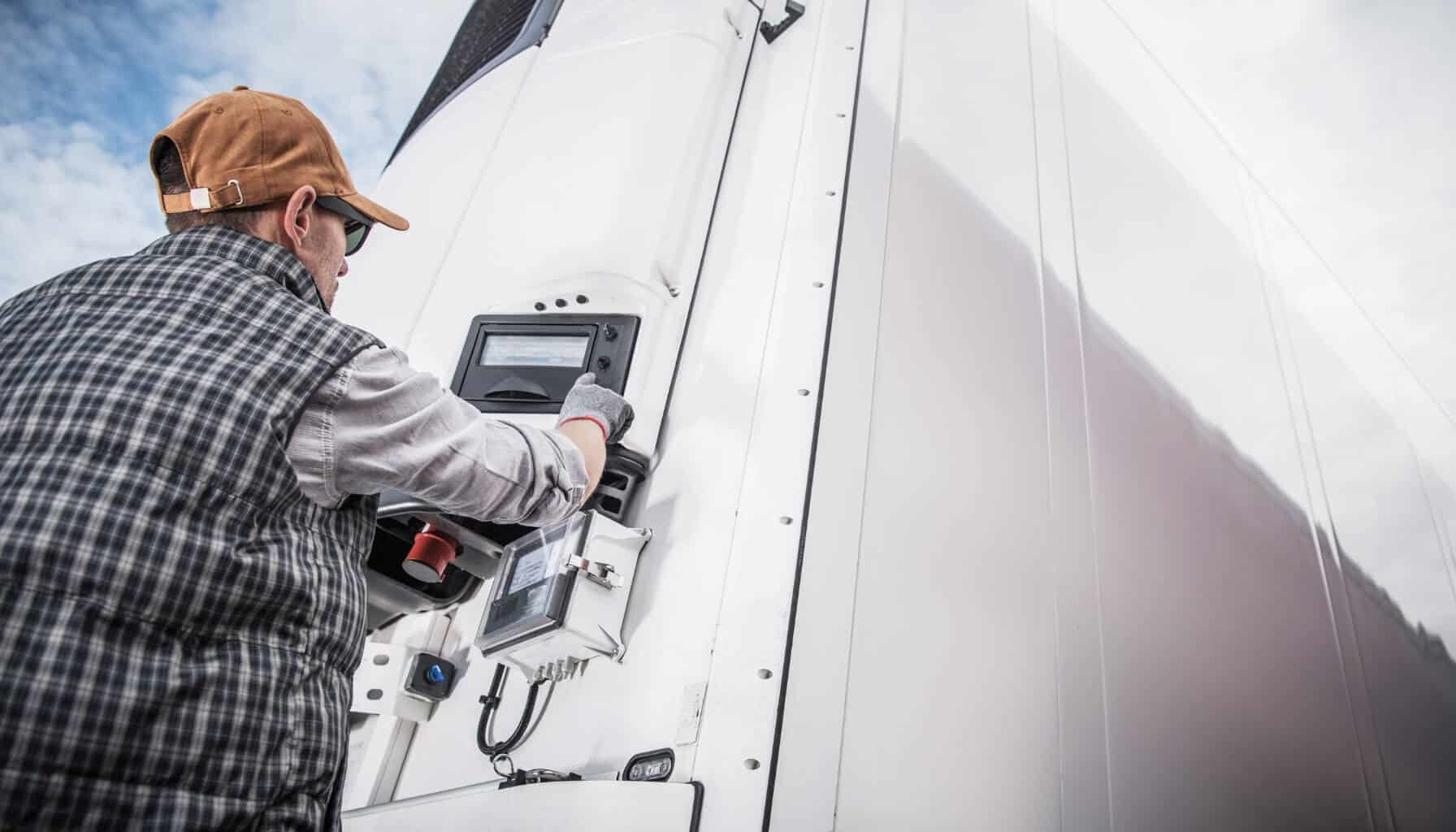
Related Case Studies
In today’s world, the need for precise sensor monitoring is becoming more and more prevalent. Temperature and humidity sensors are among some of the monitoring tools that play a pivotal role in maintaining optimal conditions for many industries, from cold chain logistics, healthcare, all the way to agriculture. This article will explore the fundamentals of temperature and humidity monitoring, the technology, applications, and role of data loggers for communicating temperature and humidity data.

Related Case Studies
What is an NB-IoT Data Logger? Data and real-time insights allow businesses to optimize operations, monitor conditions, and make informed data-driven decisions. NB-IoT data loggers play a pivotal role in ensuring businesses are equipped with the right data, at the right time. NB-IoT data loggers allow for wireless, remote data collection from sensors, allowing businesses to capture integral data without any manual effort.

Related Case Studies
Agriculture is rapidly evolving with the integration of IoT technology, enabling farmers and agribusinesses to optimize operations, increase yields, and enhance sustainability. By leveraging remote sensors and data loggers, such as the Hawk, agricultural professionals can gain real-time insights into environmental conditions, equipment usage, and livestock movement to make data-driven decisions.
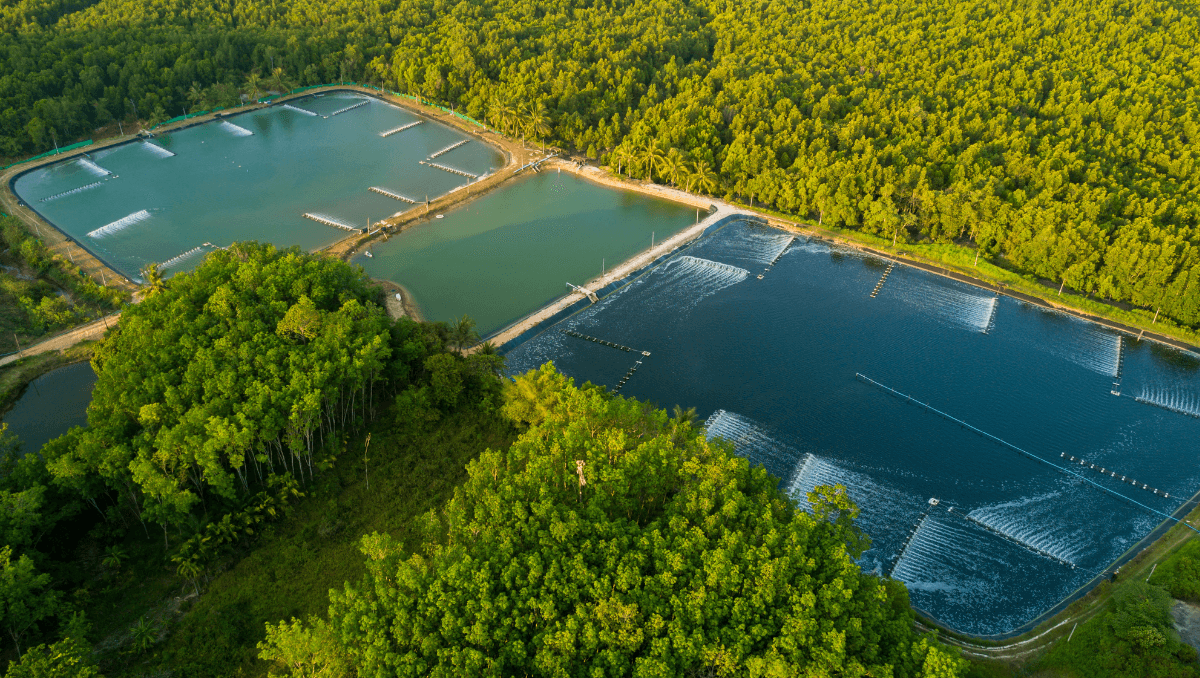
Related Case Studies
IoT plays an integral role in the modernization of smarter water management, allowing for greater efficiency, improved resource allocation and, enhanced sustainability. Learn how IoT has improved water management practices and discover the technology making this possible for industries around the world.
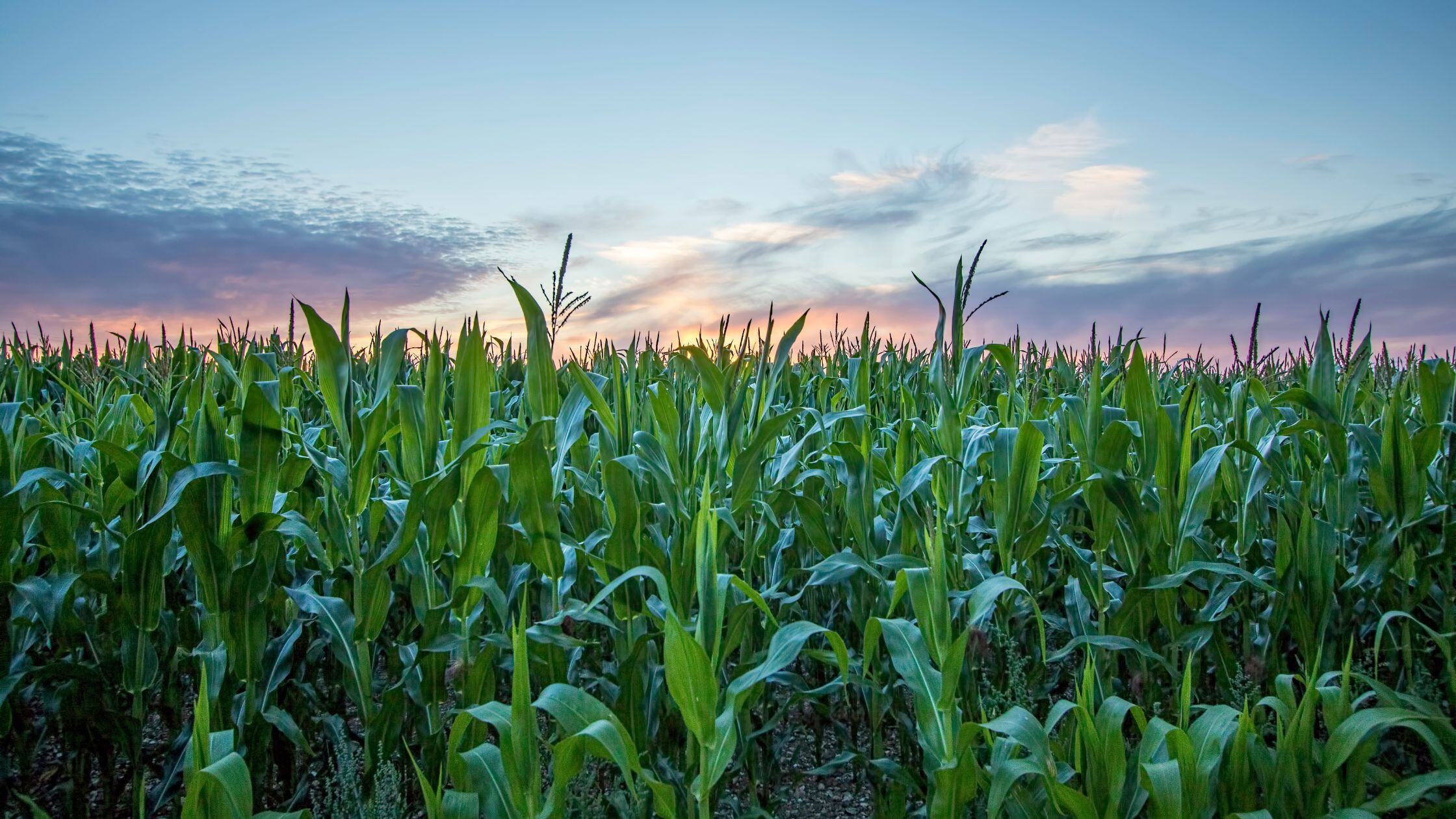
Related Case Studies
A Bluetooth® data logger can be used in sensor monitoring, utilizing Bluetooth Low Energy (BLE) to read data captured by a variety of sensors and tags. Bluetooth technology offers a cost-effective, energy-efficient solution for remote sensor monitoring, with its' low power consumption and ease of deployment. Discover the various sensors that utilize Bluetooth technology, their practical applications, and how they compare with other wireless solutions.

Related Case Studies
We have iterated on the low-power design DNA that permeates our entire product range to create a Hawk that can run for years using low-cost, Alkaline D Cell batteries.

Related Case Studies
Remote task management leverages IoT technology to facilitate the real-time control and monitoring of devices and systems. Utilizing IoT sensors, a series of parameters can be remotely monitored from anywhere in the world, with data sent to a designated end-platform for analysis and task automation.
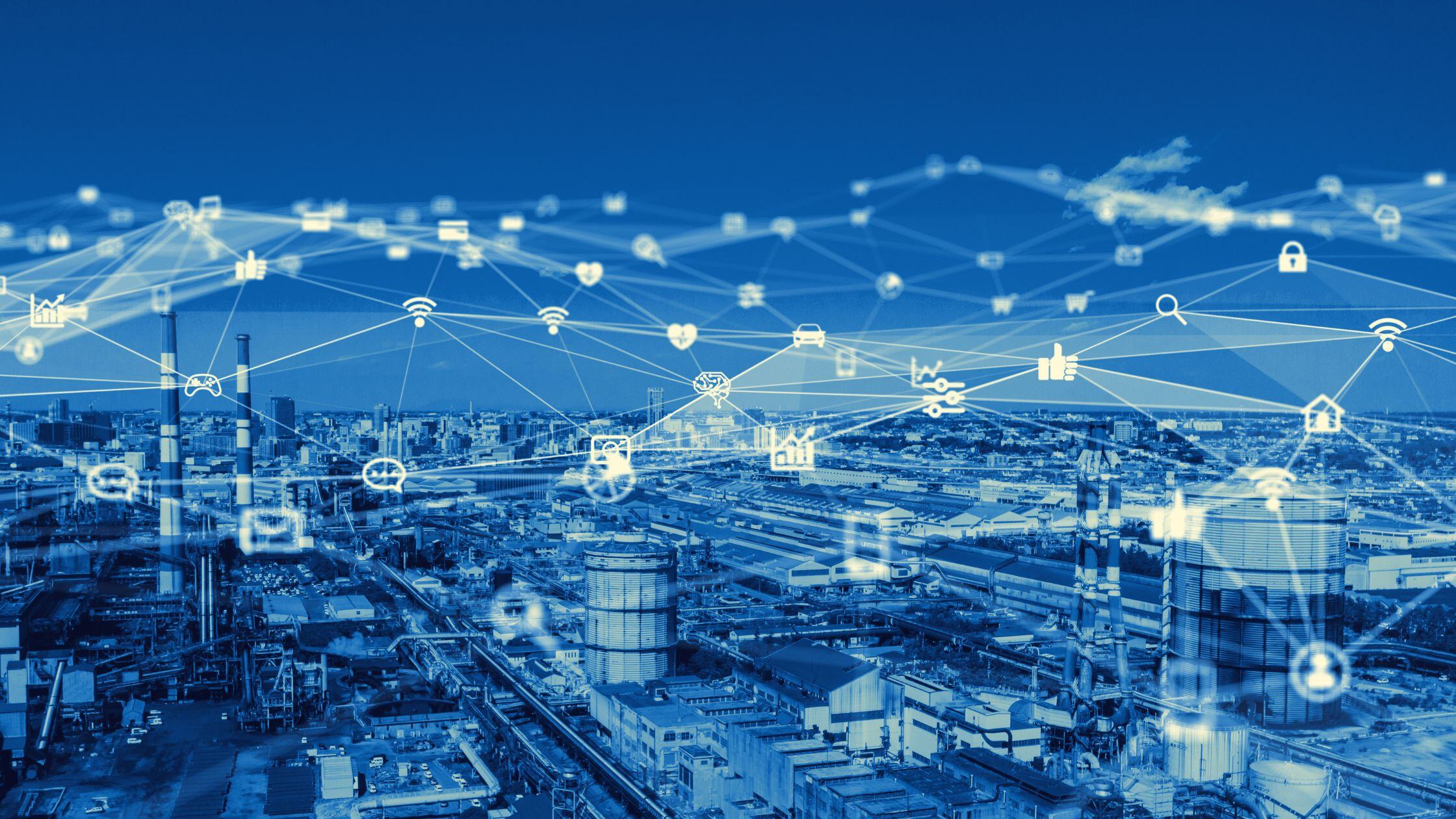
Related Case Studies
Modbus protocols are utilized in many industries such as industrial automation, building automation, and utility. Modbus offers an intuitive master-slave architecture that provides crucial data that aids in making timely decisions. Modbus remains a cornerstone in sensor monitoring due to its reliability, ease of implementation, and broad industry acceptance. Modbus data loggers help translate the data captured from Modbus protocols into a cloud-based platform to allow for remote monitoring.
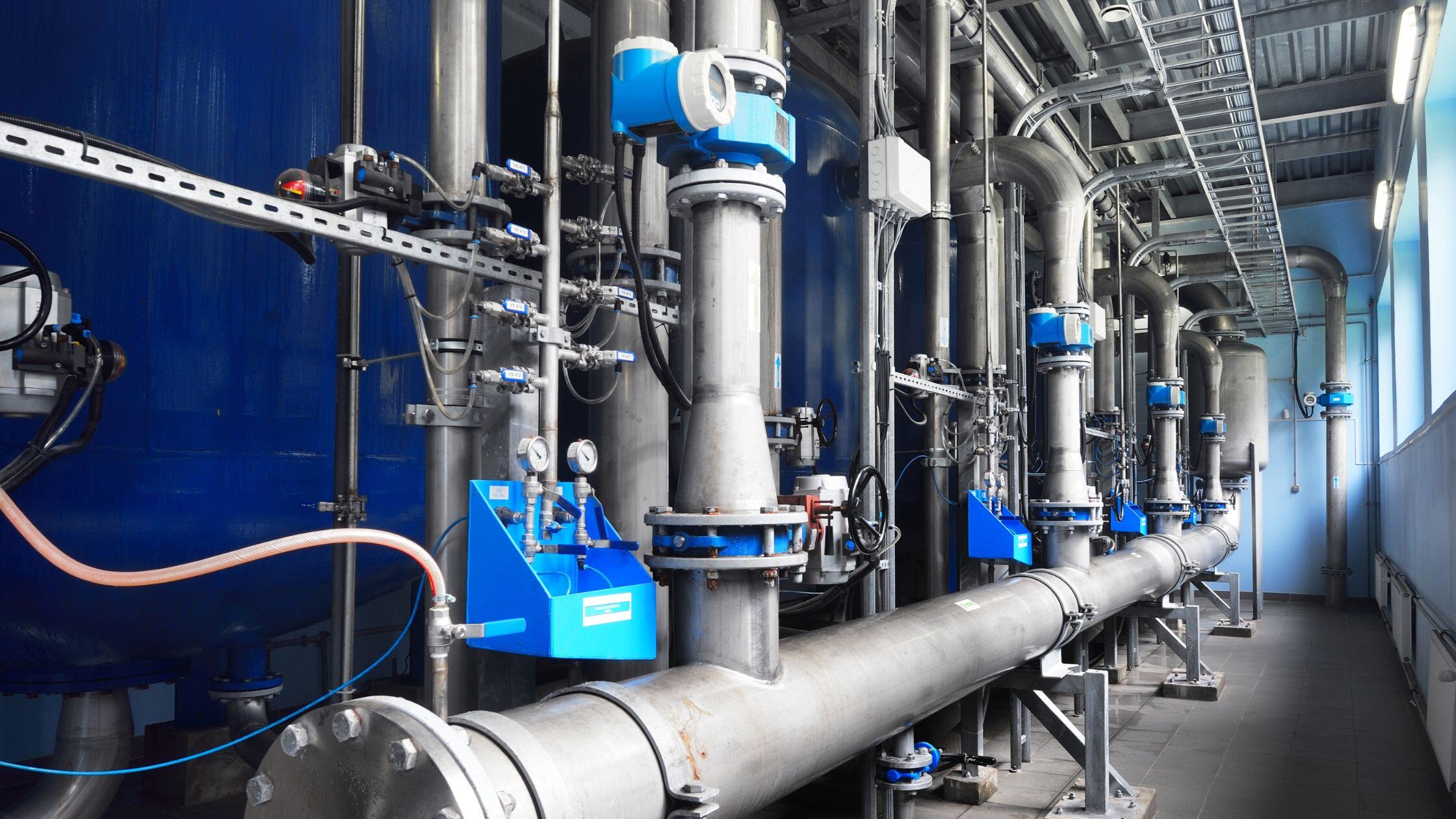
Related Case Studies
Water pressure management refers to monitoring and controlling the pressure within water systems. These systems comprise three components: a sensor, a water pressure datalogger, and a cloud-based platform.
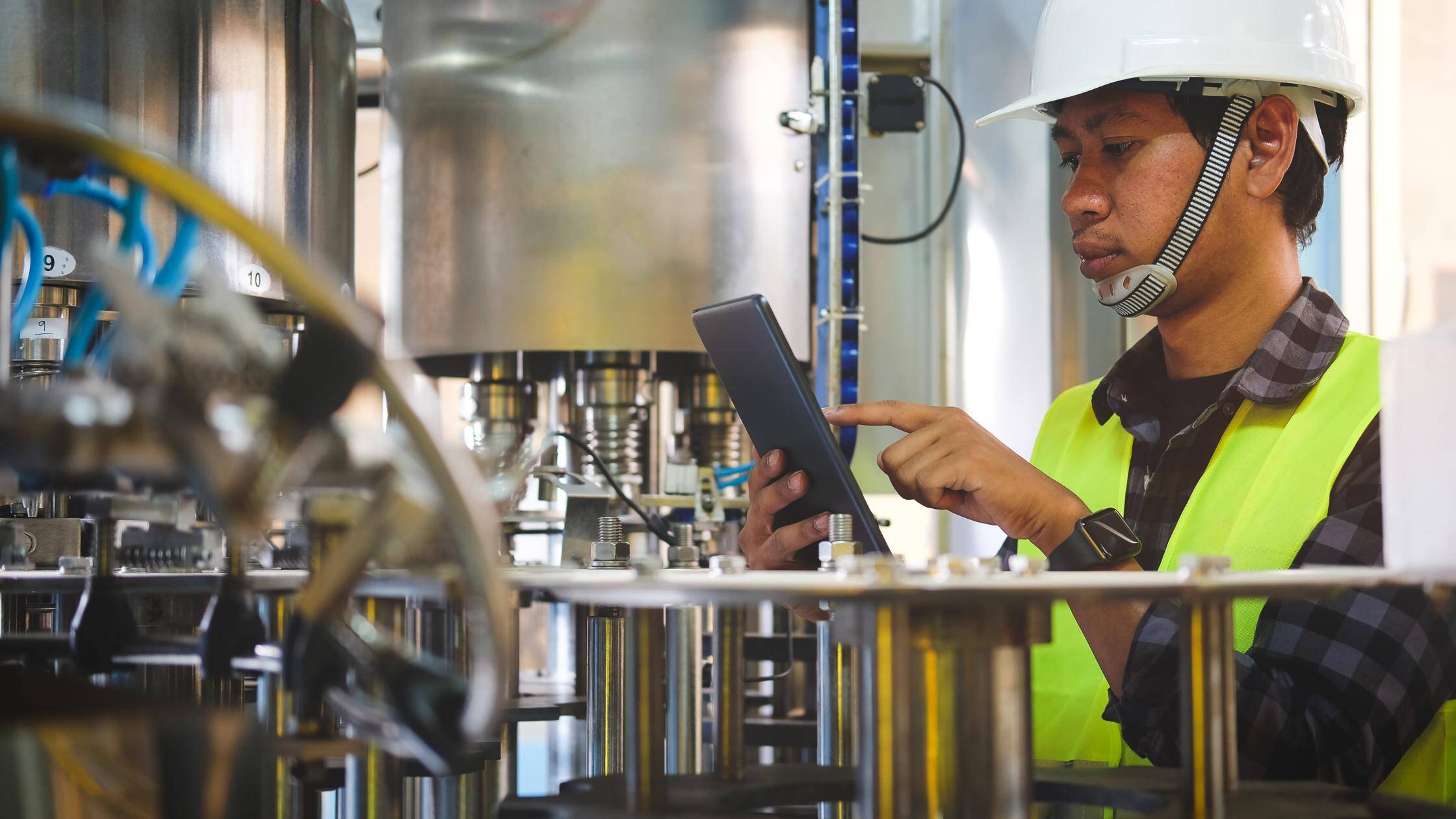
Related Case Studies
RS-485 is essential in industrial and building management systems, offering reliable long-distance communication and multi-device support. Its robust features ensure efficient sensor monitoring and data transmission in various applications, from automation to utility networks.

Related Case Studies
Explore how IoT remote monitoring is utilized in industries such as agriculture, healthcare, environmental management, and more. Remote monitoring paired with a data logger offers near-real-time insights into crucial data from a remote location. Ensuring timely decision-making and improved operational efficiency.